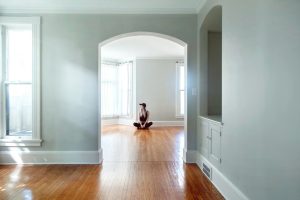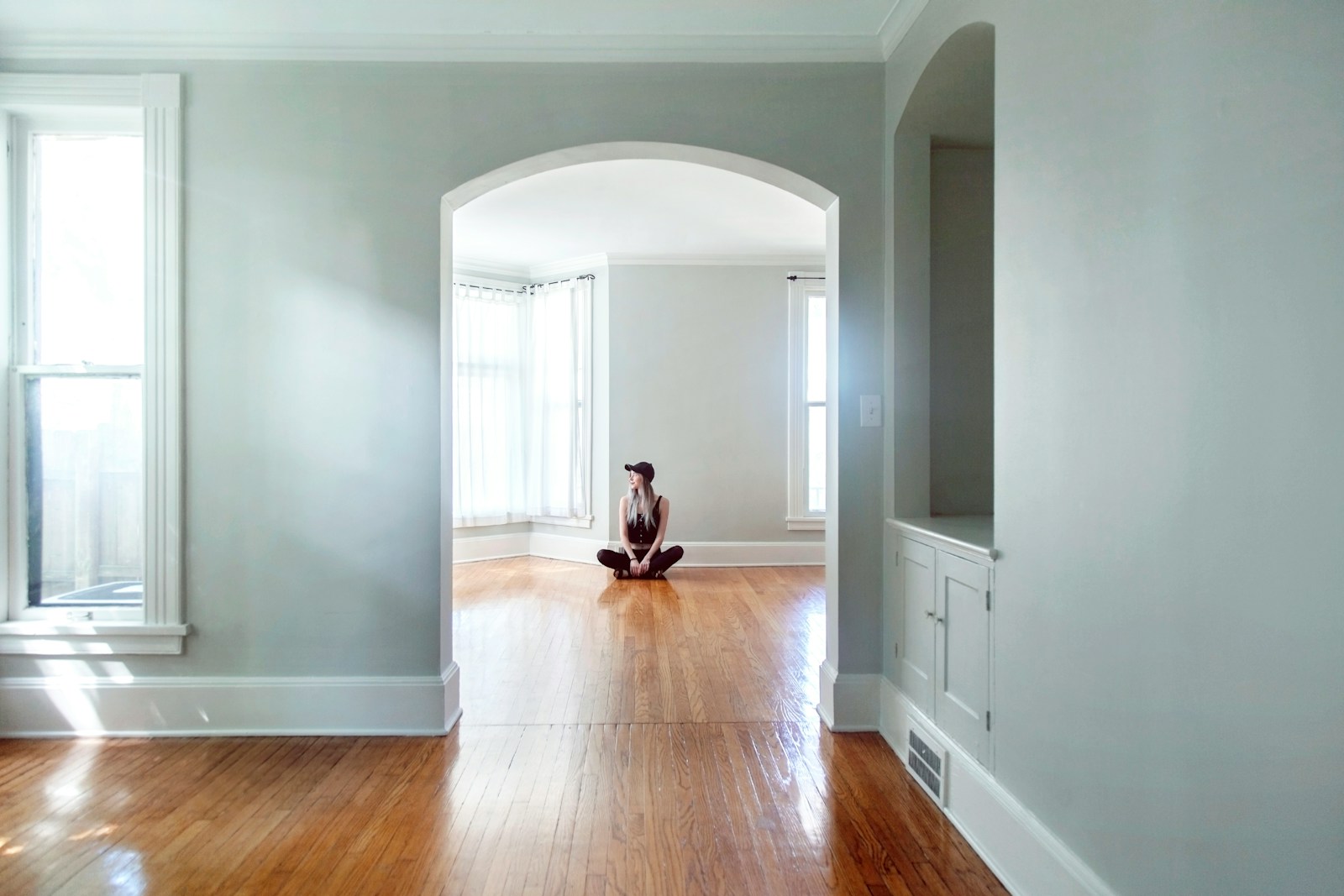
Hardwood floors are an investment, adding elegance and value to any home. However, the natural beauty of wood can be compromised by a common issue: cupping. This occurs when the edges of the floor planks rise, creating a concave shape that’s both unsightly and potentially damaging.
Understanding the causes and implementing preventative measures is crucial to maintaining the integrity and aesthetics of your hardwood floors.
This comprehensive guide will equip you with the knowledge and techniques to prevent hardwood floor cupping, ensuring your floors remain pristine for years to come.
Understanding the Culprit: Moisture and Hardwood Cupping
The primary driver behind hardwood cupping is an imbalance in moisture content between the top and bottom of the floor planks. Wood is a hygroscopic material, meaning it readily absorbs and releases moisture from its environment. This dynamic interaction with moisture is what makes hardwood floors vulnerable to cupping.
- Moisture Imbalance: When the underside of the planks absorbs more moisture than the top, it expands more, leading to the cupping effect.
- Sources of Moisture:
- High Humidity: Elevated relative humidity levels in your home can lead to excessive moisture absorption.
- Water Leaks: Plumbing leaks, appliance malfunctions, and even roof leaks can introduce significant moisture.
- Subfloor Moisture: Damp subfloors, often caused by inadequate moisture barriers or poor ventilation, are a major culprit.
- Improper Acclimation: Installing hardwood flooring without allowing it to acclimate to the home’s environment can result in uneven moisture distribution.
Proactive Measures: Preventing Hardwood Floor Cupping
Prevention is always better than cure. Here’s a detailed approach to preventing hardwood floor cupping:
-
Meticulous Acclimation:
- Before installation, bring the hardwood flooring into the room where it will be installed.
- Remove the planks from their packaging and allow them to acclimate for several days (typically 3-5 days, but follow manufacturer recommendations).
- This allows the wood to adjust to the room’s temperature and humidity, minimizing future moisture-related issues.
-
Rigorous Humidity Control:
- Maintain a consistent relative humidity level between 35% and 55%.
- Use a reliable hygrometer to monitor humidity levels.
- Employ dehumidifiers during humid seasons and humidifiers during dry seasons.
- Consider installing a whole-house humidification system for optimal control.
-
Subfloor Mastery:
- Ensure the subfloor is thoroughly dry and level before installation.
- Install a high-quality moisture barrier between the subfloor and the hardwood flooring.
- For concrete subfloors, conduct a moisture test to determine if a vapor retarder is necessary.
- Ensure proper crawlspace ventilation.
-
Precise Installation:
- Adhere strictly to the manufacturer’s installation guidelines.
- Leave adequate expansion gaps around the perimeter of the room to accommodate natural wood movement.
- Use appropriate fasteners and ensure proper spacing.
- For nail down installations, be sure to use the proper length of nail.
-
Vigilant Moisture Management:
- Promptly clean up spills with a dry cloth.
- Use damp, not wet, mopping techniques when cleaning hardwood floors.
- Address any plumbing leaks immediately and thoroughly dry the affected area.
- Ensure adequate ventilation in high-moisture areas like bathrooms and kitchens. Use exhaust fans.
-
Routine Maintenance and Inspection:
- Regularly inspect the floor for signs of moisture damage, such as discoloration, warping, or cupping.
- Use cleaning products specifically designed for hardwood floors.
- Avoid allowing water to sit on the floors.
Amazon Product Recommendations for Prevention:
-
AcuRite 00613 Indoor Humidity Monitor:
- “This reliable hygrometer accurately measures indoor humidity and temperature, allowing you to monitor and maintain optimal conditions for your hardwood floors. Its compact design and easy-to-read display make it a valuable tool for any homeowner.”
- Amazon Smart Air Quality Monitor
-
Aprilaire 1850F Whole-House Dehumidifier:
- “For comprehensive humidity control, this whole-house dehumidifier is a powerful solution. It effectively removes excess moisture from the air, protecting your hardwood floors and improving overall indoor air quality.”
- Waykar 80 Pints Energy Star Dehumidifier
Conclusion:
Preventing hardwood floor cupping requires a proactive approach that addresses the root cause: moisture. By implementing the strategies outlined in this guide, you can create a stable environment for your hardwood floors, ensuring their beauty and longevity.
From meticulous acclimation to rigorous humidity control and proper installation, each step plays a vital role in safeguarding your investment. Consistent monitoring and maintenance will further enhance the resilience of your floors, allowing you to enjoy their timeless elegance for years to come.
